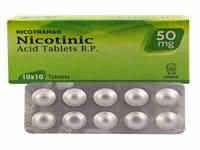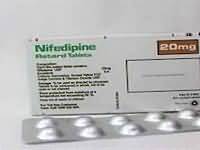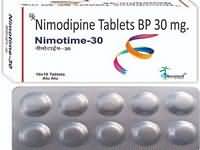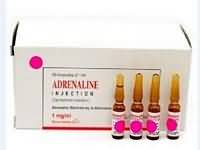Amlodipine
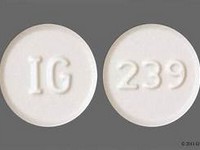
Amlodipine
CLINICAL USE
Calcium-channel blocker:
Hypertension
Angina prophylaxis
DOSE IN NORMAL RENAL FUNCTION
5–10 mg daily
PHARMACOKINETICS
Molecular weight :
567.1 (as besilate)
%Protein binding :
>95
%Excreted unchanged in urine :
<10 :
Volume of distribution (L/kg) :
20
half-life – normal/ESRD (hrs) :
35–50/50
DOSE IN RENAL IMPAIRMENT
GFR (mL/MIN)
20 to 50 : Dose as in normal renal function
10 to 20 : Dose as in normal renal function
<10 :
Dose as in normal renal function
DOSE IN PATIENTS UNDERGOING RENAL REPLACEMENT THERAPIES
CAPD :
Not dialysed. Dose as in normal renal function
HD :
Not dialysed. Dose as in normal renal function
HDF/high flux :
Unlikely to be dialysed. Dose as in
normal renal function
CAV/VVHD :
Not dialysed. Dose as in normal renal function
IMPORTANT DRUG INTERACTIONS
Potentially hazardous interactions with other drugs
Anaesthetics: enhanced hypotensive effect
Antihypertensives: enhanced hypotensive
effect; increased risk of first dose
hypotensive effect of post-synaptic alpha-
blockers
Antivirals: concentration possibly
increased by ritonavir
Theophylline: possibly increased
theophylline concentration
ADMINISTRATION
Reconstition
–
Route
Oral
Rate of Administration
–
Comments
–
OTHER INFORMATION
Amlodipine is extensively metabolised to
inactive metabolites
See how to identify renal failure stages according to GFR calculation
See how to diagnose irreversible renal disease
Home


